How Does A Digital Camera Record Light ?
A digital camera records light by using a sensor called a charge-coupled device (CCD) or a complementary metal-oxide-semiconductor (CMOS) sensor. These sensors are made up of millions of tiny light-sensitive elements called pixels. When light enters the camera through the lens, it passes through a series of lenses and hits the sensor. Each pixel on the sensor measures the intensity of the light that falls on it.
The light energy is converted into electrical signals by the pixels, which are then processed by the camera's image processor. The image processor converts the analog signals into digital data, which is then stored as a digital image file on a memory card. The camera's software processes the digital data further to enhance the image quality, adjust colors, and apply various settings before displaying the final image on the camera's screen or saving it to the memory card.
1、 Photodetection: Conversion of light into electrical signals by photosensors.
A digital camera records light through a process called photodetection, which involves the conversion of light into electrical signals by photosensors. Photosensors, also known as image sensors, are the key components of a digital camera that capture and convert light into digital information.
The most common type of photosensor used in digital cameras is the charge-coupled device (CCD) or complementary metal-oxide-semiconductor (CMOS) sensor. These sensors consist of an array of millions of tiny light-sensitive elements called pixels. Each pixel acts as a miniature photodetector, capable of converting incoming light into an electrical charge.
When light enters the camera through the lens, it passes through a series of optical elements that focus and direct the light onto the sensor. The photons of light that strike the pixels generate an electrical charge proportional to the intensity of the light. This charge is then converted into a voltage signal by the sensor's circuitry.
In a CCD sensor, the electrical charge is transferred from pixel to pixel across the sensor until it reaches the output amplifier. The charge is then converted into a digital signal that can be processed and stored. On the other hand, CMOS sensors use a different approach where each pixel has its own amplifier, allowing for faster readout and lower power consumption.
The latest point of view in digital camera technology is the use of backside-illuminated (BSI) sensors. BSI sensors have their circuitry placed behind the light-sensitive area, allowing more light to reach the pixels and improving low-light performance. This advancement has led to better image quality, especially in challenging lighting conditions.
In conclusion, a digital camera records light by utilizing photosensors, such as CCD or CMOS sensors, which convert incoming light into electrical signals. These signals are then processed and stored as digital information, resulting in the creation of digital images. The continuous advancements in sensor technology, such as the introduction of BSI sensors, have significantly improved the performance and image quality of digital cameras.

2、 Image Formation: Focusing light onto an image sensor.
A digital camera records light by focusing it onto an image sensor. The image sensor is a crucial component of a digital camera as it captures the light and converts it into an electronic signal that can be processed and stored as a digital image.
The process of recording light begins with the lens of the camera. The lens gathers and focuses the incoming light onto the image sensor. The image sensor is typically a charge-coupled device (CCD) or a complementary metal-oxide-semiconductor (CMOS) sensor. These sensors consist of millions of tiny light-sensitive pixels that convert the light into electrical charges.
Each pixel on the image sensor measures the intensity of the light that falls on it. The intensity is then converted into an electrical charge proportional to the amount of light. These charges are then read out by the camera's electronics and converted into digital data.
The latest point of view in digital camera technology is the use of CMOS sensors, which have become more popular due to their lower power consumption and faster readout speeds. CMOS sensors also allow for the integration of additional functionalities on the sensor itself, such as autofocus and image stabilization.
In conclusion, a digital camera records light by focusing it onto an image sensor, which converts the light into electrical charges. These charges are then processed and stored as a digital image. The continuous advancements in image sensor technology, such as the use of CMOS sensors, have greatly improved the performance and capabilities of digital cameras.

3、 Sensor Technology: CMOS or CCD sensors capturing light information.
A digital camera records light through the use of sensor technology, specifically CMOS (Complementary Metal-Oxide-Semiconductor) or CCD (Charge-Coupled Device) sensors. These sensors are responsible for capturing light information and converting it into digital signals that can be processed and stored as an image.
Both CMOS and CCD sensors work on the same principle of converting light into electrical signals, but they differ in their construction and operation. CCD sensors use a grid of light-sensitive diodes called photosites, which accumulate electrical charge proportional to the amount of light hitting them. This charge is then transferred to a single output amplifier, where it is converted into a voltage signal. On the other hand, CMOS sensors have individual amplifiers for each photosite, allowing for faster readout and lower power consumption.
When light enters the camera lens, it passes through an aperture and falls onto the sensor's surface. The photosites or pixels on the sensor detect the intensity and color of the light. Each pixel records the amount of light it receives and converts it into an electrical charge. This charge is then converted into a digital signal by the sensor's circuitry.
The latest advancements in sensor technology have focused on improving image quality, low-light performance, and reducing noise. Manufacturers have introduced backside-illuminated (BSI) sensors, which rearrange the sensor's circuitry to increase light sensitivity. Additionally, smaller pixel sizes have allowed for higher megapixel counts without sacrificing image quality.
In conclusion, a digital camera records light by utilizing CMOS or CCD sensors that capture light information and convert it into digital signals. These sensors have evolved over time to enhance image quality and performance, enabling photographers to capture stunning photographs in various lighting conditions.

4、 Pixel Array: Organization of individual light-sensitive pixels on the sensor.
A digital camera records light through a process called pixel array. The sensor in a digital camera is made up of millions of individual light-sensitive pixels arranged in a grid-like pattern. Each pixel acts as a tiny photosensitive element that captures the intensity of light falling on it.
When light enters the camera through the lens, it passes through a series of optical elements that focus the light onto the sensor. The light then hits the individual pixels on the sensor, causing them to generate an electrical charge proportional to the amount of light received. This charge is then converted into a digital signal by an analog-to-digital converter.
The pixel array is organized in a way that allows each pixel to capture a specific color component of the light spectrum. Most digital cameras use a Bayer filter, which is a color filter array placed on top of the sensor. The Bayer filter consists of red, green, and blue color filters arranged in a specific pattern. Each pixel on the sensor is covered by one of these color filters, allowing it to capture either red, green, or blue light.
The latest point of view in digital camera technology involves advancements in sensor design and pixel technology. Manufacturers are constantly striving to improve the sensitivity and dynamic range of sensors, allowing for better low-light performance and increased detail in high-contrast scenes. Additionally, there is ongoing research in developing sensors with higher pixel counts, enabling higher resolution images.
In conclusion, a digital camera records light through a pixel array, which is the organization of individual light-sensitive pixels on the sensor. This pixel array, combined with color filters, allows the camera to capture and convert light into a digital signal, resulting in the creation of digital images.



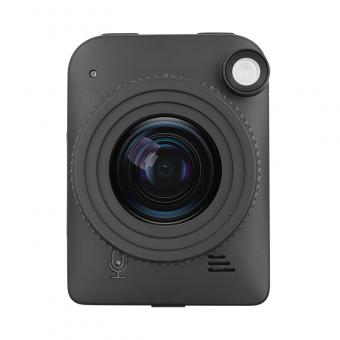





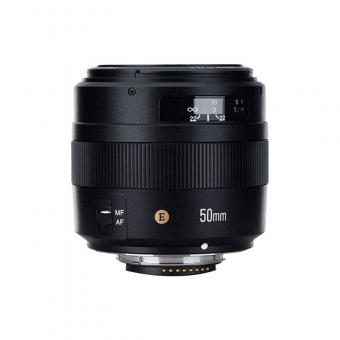




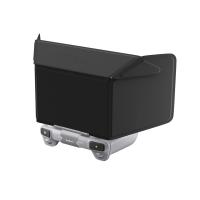



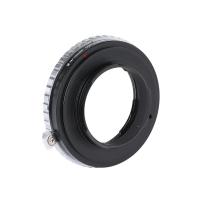
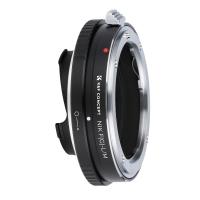


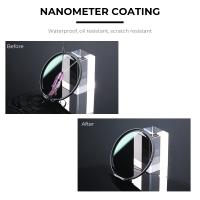

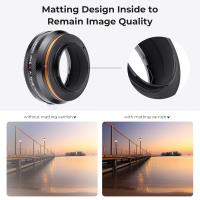
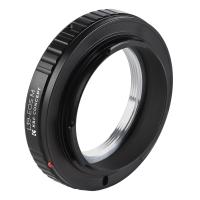
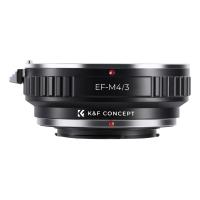
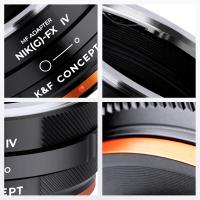



There are no comments for this blog.